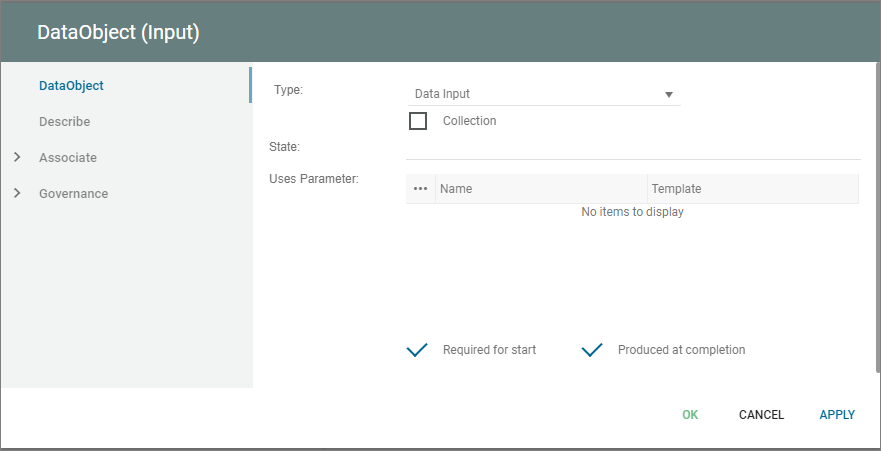A Pool represents a Participant in the Process. A Participant can be a specific business entity (e.g, a company) or can be a more general business role (e.g., a buyer, seller, or manufacturer).
Graphically, a Pool is a container for partitioning a Process from other Pools, when modeling business-to-business situations, although a Pool need not have any internal details (i.e., it can be a “black box”). ° A Pool is a square-cornered rectangle that MUST be drawn with a solid single black line. One, and only one, Pool in a diagram MAY be presented without a boundary. If there is more than one Pool in the diagram, then the remaining Pools MUST have a boundary.
To help with the clarity of the Diagram, A Pool will extend the entire length of the Diagram, either horizontally or vertically. However, there is no specific restriction to the size and/or positioning of a Pool. Modelers and modeling tools can use Pools (and Lanes) in a flexible manner in the interest of conserving the “real estate” of a Diagram on a screen or a printed page.
A Pool acts as the container for the Sequence Flow between activities. The Sequence Flow can cross the boundaries between Lanes of a Pool, but cannot cross the boundaries of a Pool. The interaction between Pools, e.g., in a B2B context, is shown through Message Flow.
Another aspect of Pools is whether or not there is any activity detailed within the Pool. Thus, a given Pool may be shown as a “White Box,” with all details exposed, or as a “Black Box,” with all details hidden. No Sequence Flow is associated with a “Black Box” Pool, but Message Flow can attach to its boundaries.
For a “White Box” Pool, the activities within are organized by Sequence Flow. Message Flow can cross the Pool boundary to attach to the appropriate activity.
All BPDs contain at least one Pool. In most cases, a BPD that consists of a single Pool will only display the activities of the Process and not display the boundaries of the Pool. Furthermore, a BPD may show the “main” Pool without boundaries. In such cases there can be, at most, only one invisibly-bounded pool in the diagram and the name of that pool SHALL be the same as the diagram. Consequently, the activities that represent the work performed from the point of view of the modeler or the modeler’s organization are considered “internal” activities and need not be surrounded by the boundaries of a Pool, while the other Pools in the Diagram must have their boundary.
In QualiWare, the user can specify if the Pool is of a scope of Private (Internal), Abstract (Public), or Collaborative (Global).
The Participant field identifies the role associated with the Pool, or the process that is being executed within the Pool. Since there can be multiple Pools in one BusinessProcessDiagram in QualiWare, it is sometimes important to define the role that is being fulfilled within the Pool.
The Uses Parameter field in QualiWare, on the Pool tab of the Pool Object Editor, permits the user to specify if there is some specific parameter or value essential to the execution of the process that the Pool contains.
The Included in Service field allows the user to specify if there is a unique service associated with the process that is contained in the Pool.
The Target Namespace field allows the QualiWare user to define the scope of the process that is contained in the Pool.
